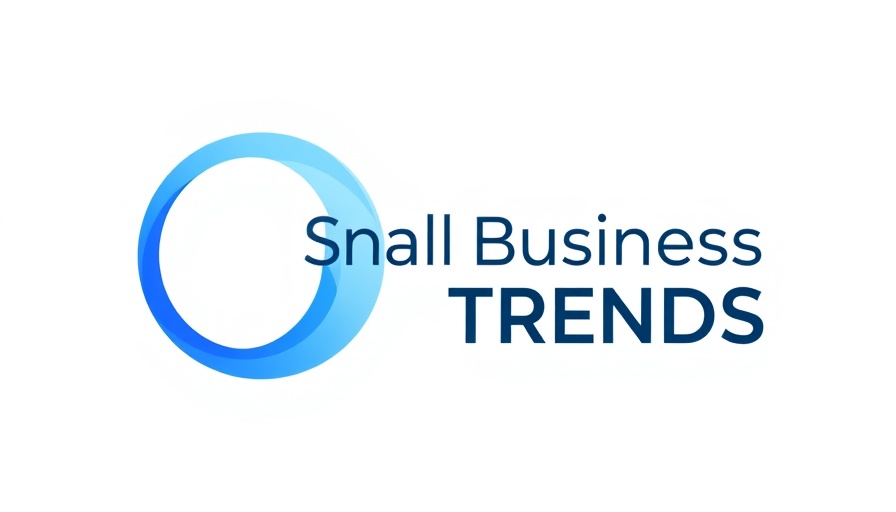
Job Market Update: April Sees 62,000 New Jobs
The latest figures from the ADP National Employment Report have revealed a modest yet noteworthy growth in the U.S. private sector, adding 62,000 jobs in April. This increase comes amid fluctuating economic signals, as employers contend with a blend of optimism and uncertainty. Dr. Nela Richardson, chief economist at ADP, captures this sentiment perfectly, stating, "Unease is the word of the day. Employers are trying to reconcile policy and consumer uncertainty with a run of mostly positive economic data."
Who’s Hiring?
The report delineates a refreshing narrative where the goods-producing sector plays a significant role, contributing 26,000 jobs, with construction leading at 16,000. Furthermore, trade, transportation, and utilities collectively added 21,000 jobs, while leisure and hospitality notably increased by 27,000. However, the report also flags concerning losses in sectors such as information and education, provoking thought about the sustainability of these economic trends.
Pay Growth: A Silver Lining?
In addition to job growth, April witnessed a steady increase in pay, with annual compensation rising by 4.5% year-over-year. Despite this positive stride, job changers experienced a slightly higher pay increase of 6.9%. It raises the question: how can employers capitalize on this trend to retain talent as competition stiffens? Small business owners, especially those with fewer than 20 employees, are witnessing the slowest pay growth, at only 2.8%, further emphasizing the economic balancing act between wage increases and workforce management.
Regional Employment Trends: Midwest Leads the Charge
Geographically, the Midwest emerged as a beacon for job growth, adding 42,000 jobs—42,000 of which stemmed from the East North Central division alone. The Northeast saw a mixed bag with a net gain of 10,000 jobs overshadowed by a decline in New England. How do these regional variations reflect broader economic dynamics, and what can we learn from them? It’s crucial for businesses to adapt strategies based on local labor market health.
Looking Ahead: What Does it Mean for Businesses?
The steady job growth and stable pay increase suggest a cautiously optimistic outlook, yet potential challenges loom. With ongoing policy changes and consumer sentiment fluctuating, how should businesses prepare for the coming months? It’s essential not only to keep an eye on job growth figures but also to strategically position themselves to attract and retain talent through competitive compensation packages, particularly in high-demand sectors.
Conclusion: Taking Action
Understanding these trends is vital for small business owners and stakeholders who need to navigate the job market landscape effectively. Whether it’s adjusting hiring strategies or re-evaluating pay scales, proactive measures based on these insights can empower businesses to thrive in this dynamic environment.
 Add Row
Add Row  Add
Add 

 Add Row
Add Row  Add
Add 



Write A Comment